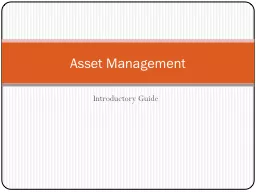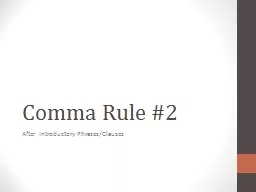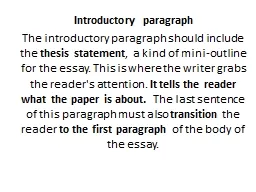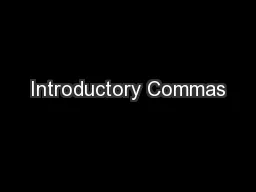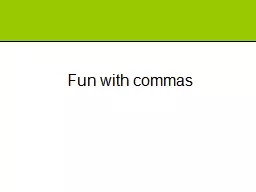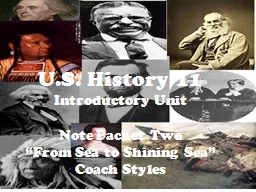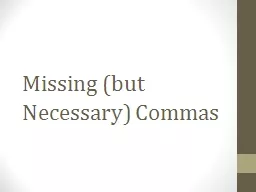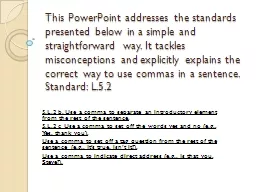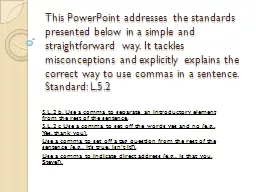PPT-Introductory Guide
Author : danika-pritchard | Published Date : 2016-09-02
Asset Management Brand vs Owner vs Manager Brand Marriott Hilton Starwood IHG Hyatt Carlson Wyndham Choice Accor etc Brands hold the power of name recognition but
Presentation Embed Code
Download Presentation
Download Presentation The PPT/PDF document "Introductory Guide" is the property of its rightful owner. Permission is granted to download and print the materials on this website for personal, non-commercial use only, and to display it on your personal computer provided you do not modify the materials and that you retain all copyright notices contained in the materials. By downloading content from our website, you accept the terms of this agreement.
Introductory Guide: Transcript
Download Rules Of Document
"Introductory Guide"The content belongs to its owner. You may download and print it for personal use, without modification, and keep all copyright notices. By downloading, you agree to these terms.
Related Documents

